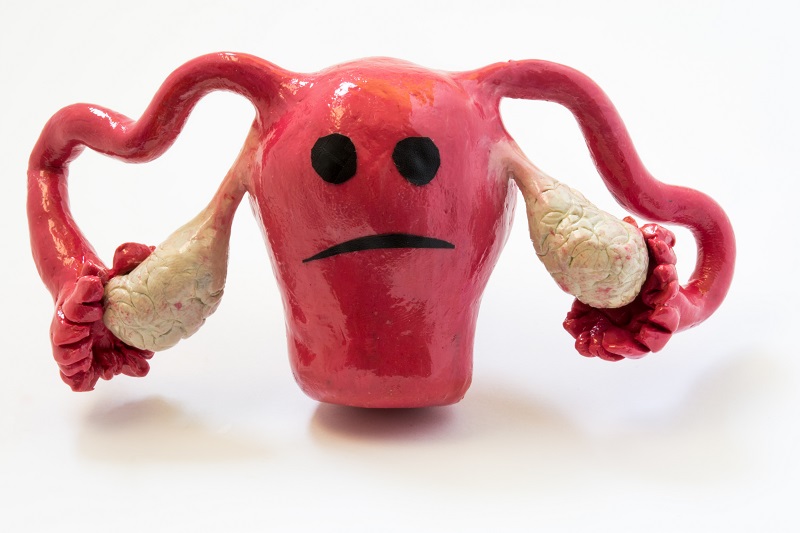
Uterine fibroids can appear in women, usually during their childbearing years. Also known as leiomyomas or myomas, this condition is a noncancerous growth that develops in the uterus. They can range in size from small enough to be undetectable by the human eye to larger masses that can affect the inside of the uterus.
Signs of Uterine Fibroids
It is possible to have uterine fibroids and experience no symptoms. The most common signs of uterine fibroids include:
- Heavy menstrual flow
- Pressure or pain in the pelvic area
- Periods that last longer than one week
- Frequent need to urinate
- Backache
- Leg pain
- Constipation
The severity of the symptom will depend on the size, quantity, and location of the uterine fibroids. Talk to your gynecologist if you notice any combination of the symptoms listed above.
Treating Uterine Fibroids
Your doctor may recommend an ultrasound and lab tests to diagnose the condition. If you have uterine fibroids, then you may be prescribed one of several treatment options.
- Treatment with Medication – Several medication options are available depending on your situation. These include non-hormonal Lysteda, a progestin-releasing IUD, or gonadotropin-releasing hormone agonists like Lupron or Synarel.
- Treatment with Ultrasound Surgery – A non-invasive ultrasound surgery may be prescribed. This is done inside an MRI scanner that provides a view of the uterine fibroids during the procedure.
- Other Treatment Options – Other possible treatments include monitoring, uterine artery embolization, endometrial ablation, and robotic or laparoscopic myomectomy.
Only a medical professional can recommend the best course of action to take when you have uterine fibroids. Contact Women’s Health and Menopause Center today to schedule an appointment.
